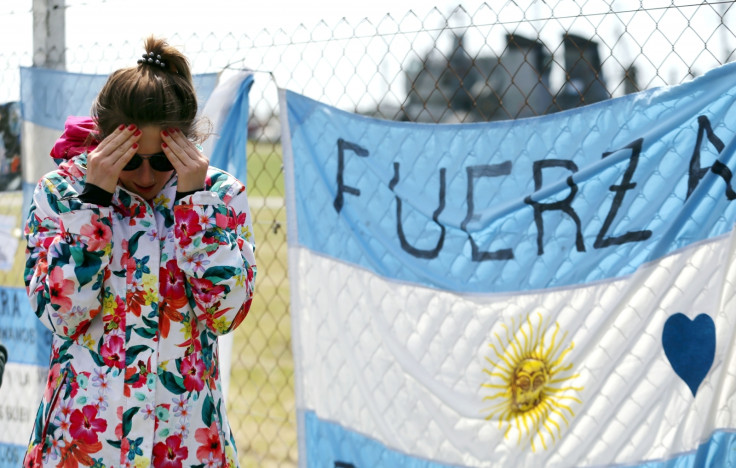ARA San Juan: 'Uncontrolled electric shock' and hydrogen gas may have killed crew of missing sub
The Argentine Navy has called off the rescue mission, 15 days after the crew's last communication.
The Argentine Navy announced on 30 November that it was calling off the rescue mission for the 44-person crew of the missing ARA San Juan but the hunt for the submarine is still ongoing. While search efforts continue, attempts are still being made to understand what may have caused the vessel's sudden disappearance.
Horacio Tobías, a former submarine officer who spent two years as a crew member of the ARA San Juan, believes he might have a clue as to what happened to the sub. "The first thing we must understand is that he sailed with seven-meter waves, which hit him every nine seconds. This made it impossible to conduct any manoeuvre on the surface. It was like being inside a decanter hitting your sides," he told the Gente website.
In his last communication to port on 15 November, Pedro Martín Fernández, the commander of San Juan, mentioned that seawater had entered the ventilation system to battery tank No 3 and caused it to short circuit.
Tobías' hypothesis is that water would have leaked through the snorkle's lid and would have come into contact with the bow battery.
"As the battery was disconnected from the electrical system, there was a sudden discharge of those 7.5 megawatts," he theorised in an interview with Clarin. "The lead-acid (battery) inside would have released hydrogen. In an almost hermetic environment, hydrogen reaches concentration levels of between 2% and 4% and is explosive.
"This is like a hydrogen bomb, but the submarine is a tough helmet that withstands pressure from both outside and inside. The explosion was probably inside and injured many people but did not break the submarine."
Tobías believes the incident could have taken place in a span of two minutes or less. "The [electric] energy was discharged in the same metallic structure of the ship and this breakdown could not be controlled," he surmised.
Fifteen days after the submarine's disappearance, the navy concluded that even if the crew had survived the explosion, they would not have had enough oxygen to survive for more than a few days. "More than double the number of days have passed where it would have been possible to rescue the crew," navy spokesman Enrique Balbi told reporters. "We will continue the search... there will not be people saved."
Argentina's Minister of Defence, Oscar Aguad, met with the head of the Navy, Admiral Marcelo Srur on 29 November to discuss the next phase of the search operation. According to a government source, it was decided that the death of the crew members would not be made official "until we have reliable proof that is, at least, a photo of the sunken submarine".
"If necessary, we will continue until beyond the end of the year," the source told Clarin regarding how long the search operation would continue.























